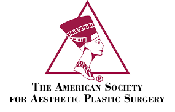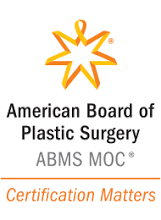Hair Transplant Recovery
Hair transplants are the most popular treatment option amongst men suffering from male pattern baldness or a receding hairline. However, “hair transplant” is an umbrella term that includes various transplantation techniques, such as a follicular unit transplant, follicular unit extraction, and direct hair transplantation. Regardless of the specific technique used, most people are eager to resume their daily activities soon after the procedure without significant downtime.
When considering a hair transplant, one of the most common questions patients ask is, “How soon can I recover?” This article takes you through the entire hair transplant recovery process.
What are the common side effects after a hair transplant?
After the hair transplant, your doctor will prescribe a set of medications to ensure a smooth and comfortable recovery process. However, you may experience some of the following side effects:
- Bleeding
- Mild swelling around treated areas
- Mild swelling around the eyes
- Itching sensations
- Crusts in the donor site
- Numbness in the transplanted area
- Inflammation of hair follicles
- Infections (rare)
- Sudden loss of hair (very rare)
How long does it take to recover after a hair transplant?
The duration of hair transplant recovery depends on several factors, including your body’s healing rate, the technique used, and the invasiveness of the procedure. Follicular unit transplant generally has a recovery period of 2 to 3 weeks. Follicular unit extraction has a recovery period of around 5 to 7 days. And direct hair transplantation has a recovery period of less than a week—it’s the quickest because it doesn’t involve stitches.
It’s worth noting that it may take months for the hair transplantation results to become evident. Patients often get disheartened when they don’t see results by the time they recover, but that’s perfectly normal. With hair transplants, the recovery always precedes the final results. You should also note that the transplanted hairs will fall out in 6 to 10 weeks as a normal part of the recovery process, paving the way for your natural hair growth.
Hair transplant recovery timeline
A typical hair transplant recovery timeline looks something like this:
- Week 1
You’ll experience some bruising and swelling on the scalp soon after the treatment. The doctor will prescribe antibiotics and anti-pain medications to provide relief and prevent infections. Restrict your movement to protect the grafted hair follicles, taking special care to protect your scalp. For the first few days, wash your body without letting water get onto your scalp. When you sleep, keep your head elevated—stack two pillows if necessary. The swelling should subside in 3 to 4 days, following which you can resume showering.
- Weeks 1-3
You can start washing your hair regularly after the first week or 10 days. You can also resume light activities, such as a brisk walk or a job, but you must avoid strenuous or intensive workouts. You must also avoid all hair styling products until your doctor says otherwise. When you step outside, wear a hat to protect your head from the sun. And, it goes without saying, avoid swimming for the entire duration of your recovery.
At The Center for Hair Restoration, we use the latest cutting-edge hair transplantation techniques to ensure you have a smooth recovery journey. Please schedule an appointment with Dr. Brian Heil to discuss your hair transplant treatment options and what to expect throughout recovery.















